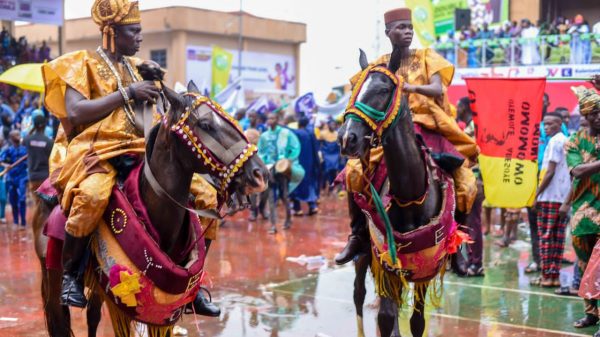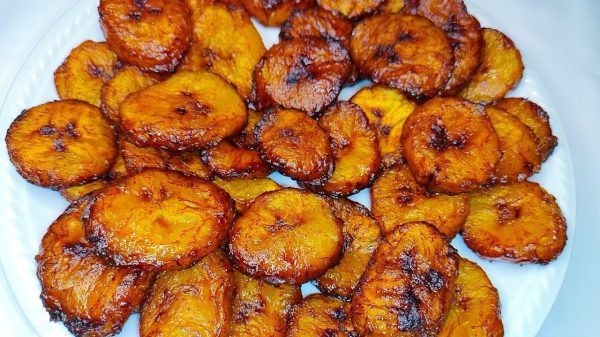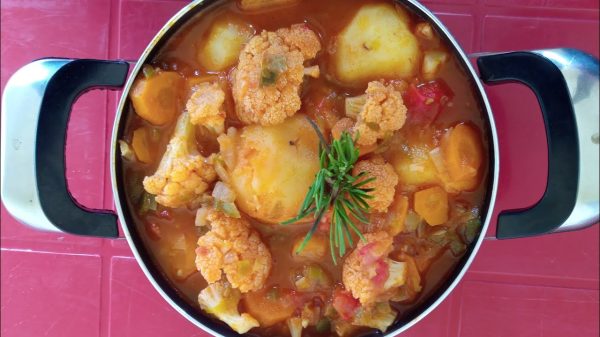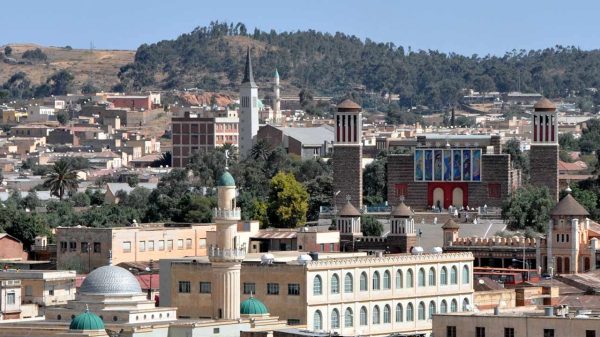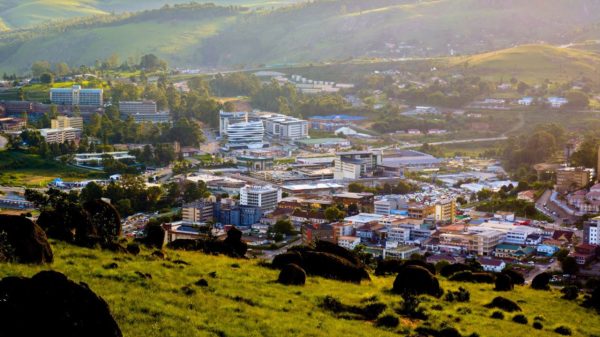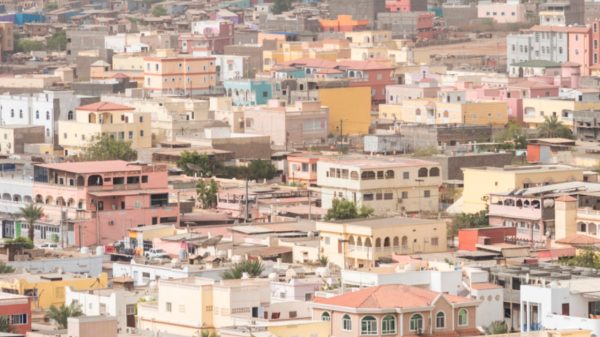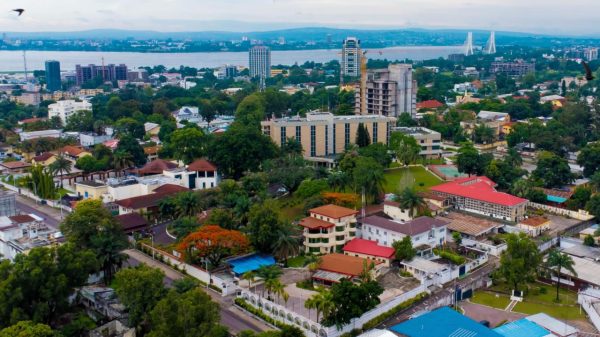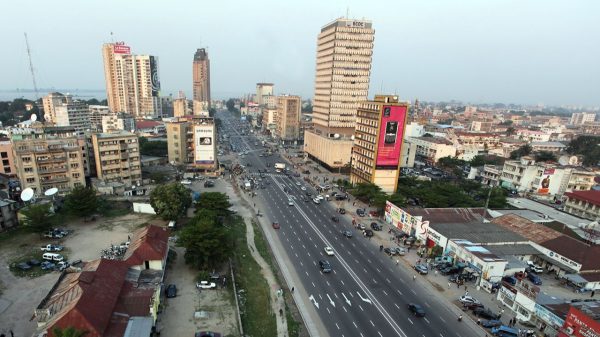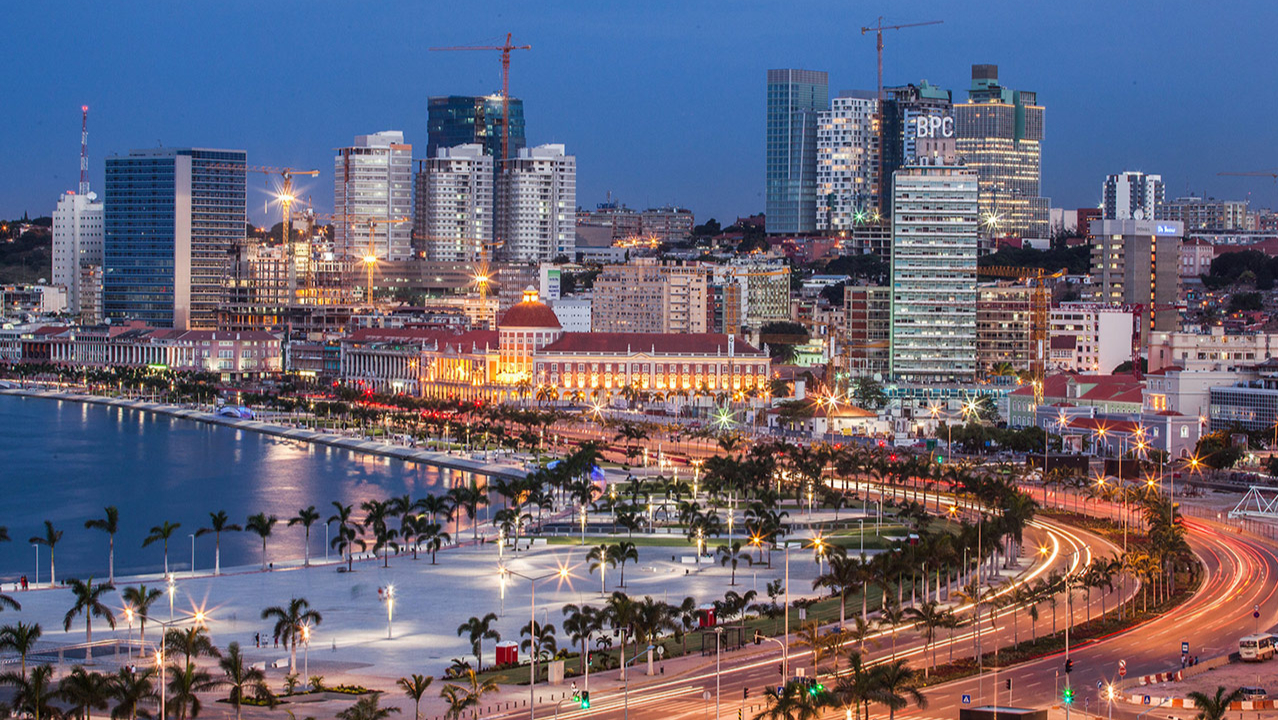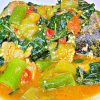Angola, a vast and diverse country in Southern Africa, is rich in history, culture, and natural resources.
Once a Portuguese colony, it gained independence in 1975 but endured a long and devastating civil war. Today, Angola is known for its oil wealth, unique wildlife, and vibrant music scene. From the breathtaking landscapes of Kalandula Falls to the bustling streets of Luanda, Angola offers a fascinating blend of tradition and modernity. Here are nine intriguing facts about this remarkable nation.
1. Rich in Natural Resources
Angola is one of Africa’s wealthiest countries in terms of natural resources. It is the second-largest oil producer in Sub-Saharan Africa after Nigeria, with an output of over 1.1 million barrels per day. The country also has vast diamond reserves, ranking among the world’s top diamond producers. Its Catoca diamond mine alone contributes about 75% of its’s total diamond production. Other valuable minerals include gold, iron ore, and copper.

2. The Lingering Effects of Civil War
Angola endured a brutal civil war from 1975 to 2002, lasting 27 years. The war resulted in over 500,000 deaths and millions displaced. It was primarily fought between the MPLA (People’s Movement for the Liberation of Angola), supported by the Soviet Union and Cuba, and UNITA (National Union for the Total Independence of Angola), backed by the United States and South Africa. The war left the country with millions of landmines, and to this day, demining efforts continue. The conflict also devastated infrastructure and economy, with many regions still struggling to recover.
3. A Lusophone Nation with Diverse Languages
Portuguese is the official language, a legacy of its colonial past under Portugal (1575–1975). However, Angola is home to over 40 indigenous languages, with the most widely spoken being Umbundu, Kimbundu, and Kikongo. Around 71% of the population speaks Portuguese as a first or second language. Due to it’s close ties with Brazil and Portugal, its Portuguese dialect incorporates African influences and slang. In recent years, the government has promoted indigenous languages in education to preserve cultural heritage.
4. Kulandula Falls
Kalandula Falls, one of Angola’s most breathtaking natural wonders, is located in Malanje Province along the Lucala River. Standing 105 meters (344 feet) high and stretching 400 meters (1,300 feet) wide, it is among the largest waterfalls in Africa. Surrounded by lush greenery and rock formations, the falls create a stunning, mist-filled landscape that attracts visitors seeking adventure and tranquility. During the rainy season, the water flow intensifies, making the sight even more spectacular. Kalandula Falls remains a symbol of rich natural beauty and tourism potential.
5. Home to the Giant Sable Antelope
Angola is the only place in the world where the giant sable antelope (Hippotragus niger variani) exists. Thought to be extinct after the civil war, the species was rediscovered in 2004 in Cangandala National Park. This rare antelope is a national symbol and appears on Angola’s currency and national sports teams’ emblems. Conservation efforts have been challenging due to poaching and habitat destruction, but the government and conservationists continue working to protect this unique species.
6. Luanda – The Most Expensive City in Africa
Luanda, Angola’s capital, is consistently ranked as one of the world’s most expensive cities for expatriates. The high cost of living is due to the country’s oil-driven economy, expensive imports, and a lack of local production. A basic apartment can cost over $5,000 per month, and a meal at an average restaurant can be more expensive than in cities like New York or London. Despite this, much of Luanda’s population lives in poverty, with a high rate of informal settlements and economic inequality.
7. A Unique Blend of Cuisine
Angolan cuisine is heavily influenced by Portuguese, African, and Brazilian flavors. Staple foods include funge (a cassava-based porridge), moamba de galinha (chicken stew with palm oil and okra), and calulu (dried fish or meat with vegetables). Seafood is also popular, thanks to the long Atlantic coastline. One of Angola’s most famous beverages is Kissangua, a traditional fermented maize drink. The use of spices, palm oil, and coconut in cooking gives Angolan dishes a distinct and flavorful taste.
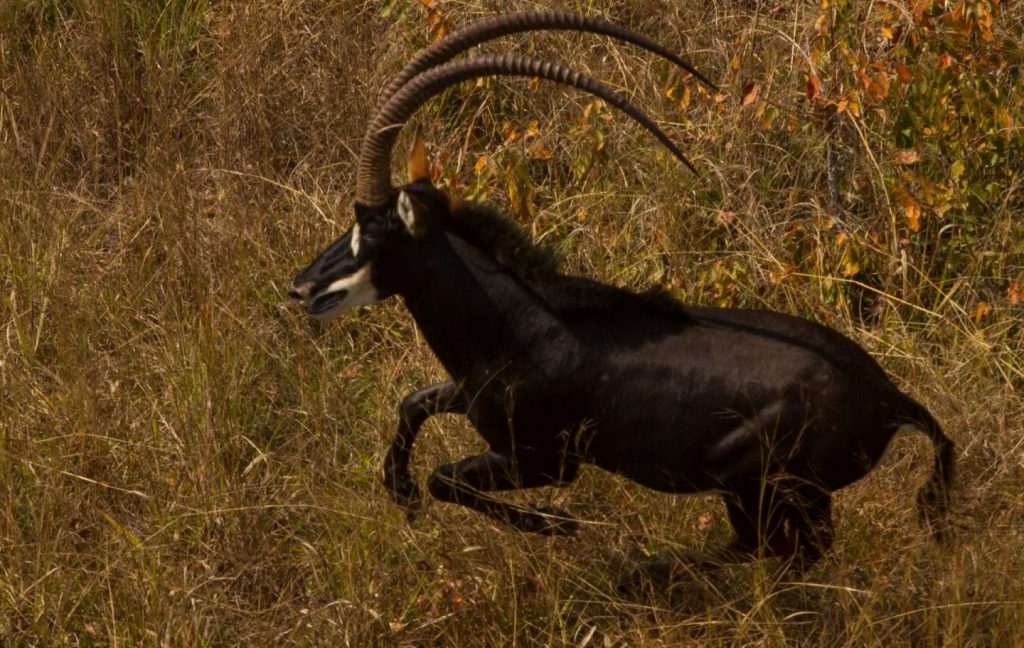
8. Breathtaking Natural Landscapes
Angola boasts stunning natural landscapes, including the Tundavala Fissure, a dramatic escarpment with breathtaking views over the Namibe desert. Kalandula Falls, one of Africa’s largest waterfalls, stands 105 meters (344 feet) tall and 400 meters (1,300 feet) wide, making it a major tourist attraction. The Namib Desert extends into Angola, creating picturesque sand dunes. Additionally, the country has pristine beaches along its Atlantic coastline, with Benguela and Cabo Ledo being popular destinations for surfing and relaxation.
9. A Growing Music and Dance Scene
Angola has a rich musical heritage, with genres like Kizomba and Semba gaining international recognition. Kizomba, a slow and sensual dance, originated in Angola in the 1980s and has spread worldwide, particularly in Portugal and Brazil. Kuduro, an energetic and fast-paced dance music genre, has also gained global popularity, blending electronic beats with traditional Angolan rhythms. Angolan musicians like Bonga and Anselmo Ralph have helped put the country’s music on the global map.
Subscribe to our Newsletter
Stay updated with the latest trends in African Pop Culture!



